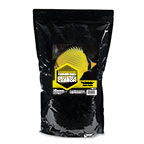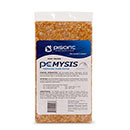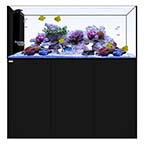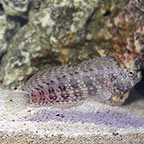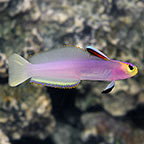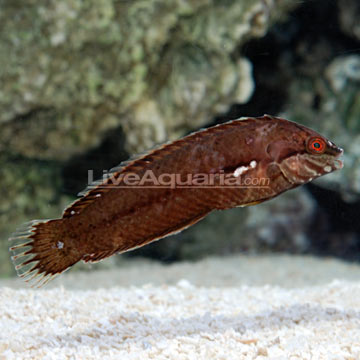
Additional locales and sizes may be available!
Additional locales and sizes may be available! Email me when availableQuick Stats
What do these Quick Stats mean? Click here for more information
What do these Quick Stats mean? Click here for more information
Overview
If you're looking for a natural way to control flatworms, pyramid snails, montipora eating nudibranches, and more, the mild-mannered Sea Grass Wrasse has the crushing teeth and carnivorous appetite for the task. The Sea Grass Wrasse diet should also include vitamin enriched frozen mysis shrimp, vitamin enriched frozen brine shrimp, and other meaty foods.
The Sea Grass Wrasse should reside in a 70 gallon or larger aquarium with a 2-4 inch sandy bottom in which it can submerge itself since it sleeps in the sand. It may be kept with fish that are aggressive or larger than it is, but should be housed with more passive fish as a juvenile. The aquarium should also have a tight-fitting lid to prevent it from jumping out.
Approximate Purchase Size: Small 1-1/2" to 2"; Medium 2" to 3"; Large 3" to 4-1/2"




